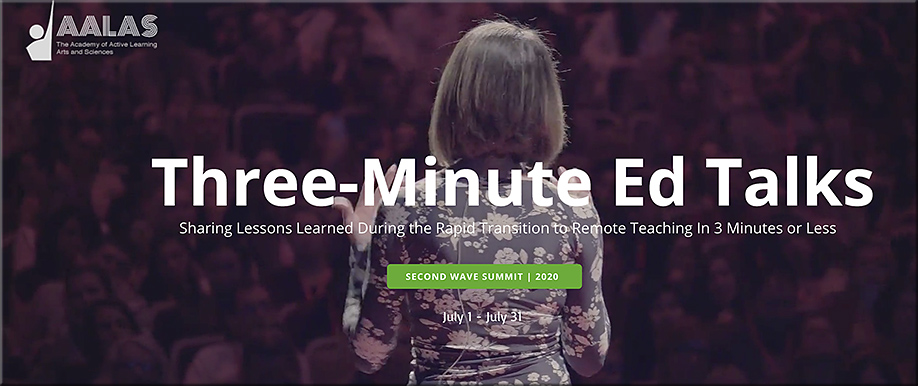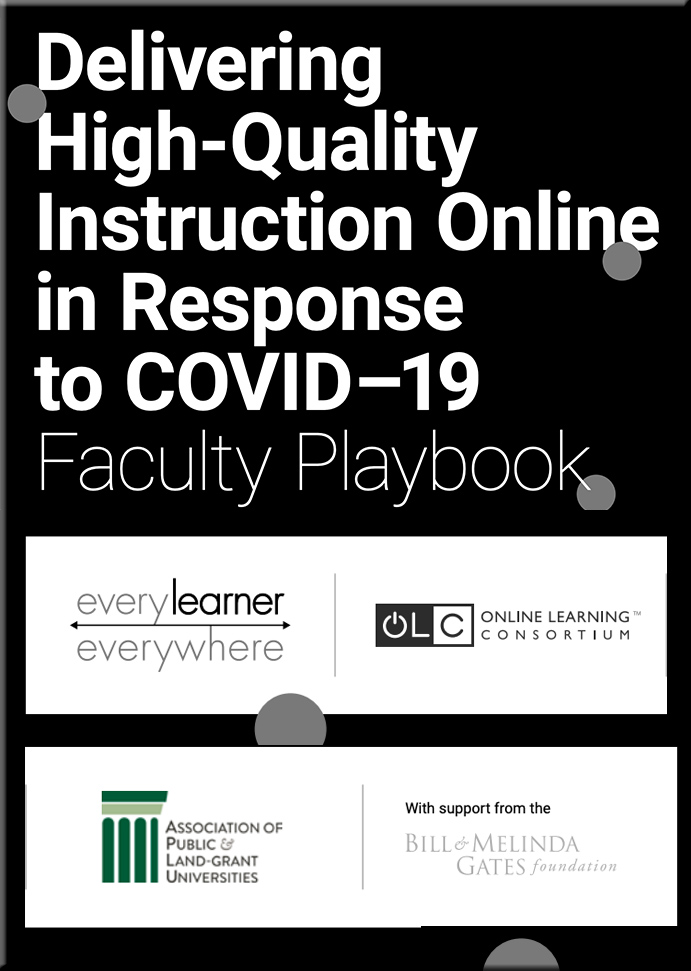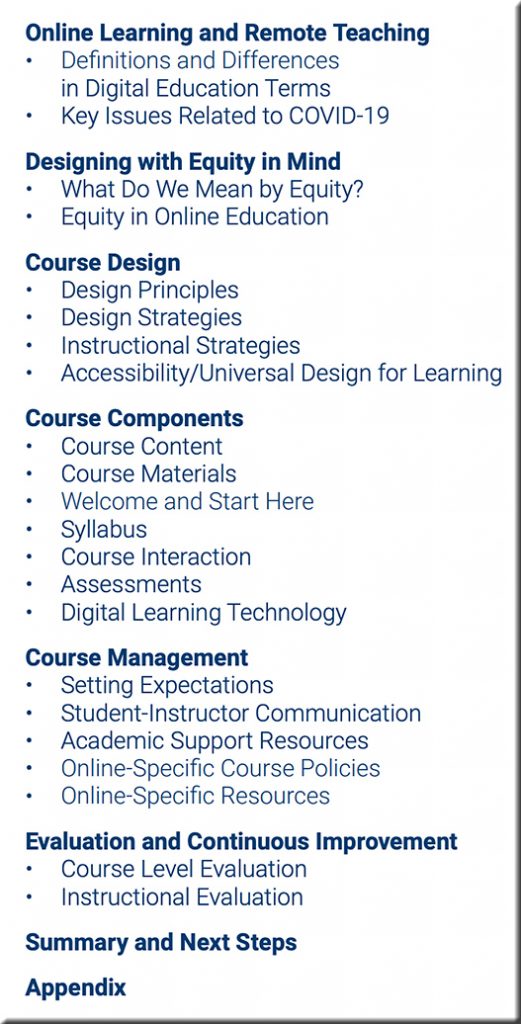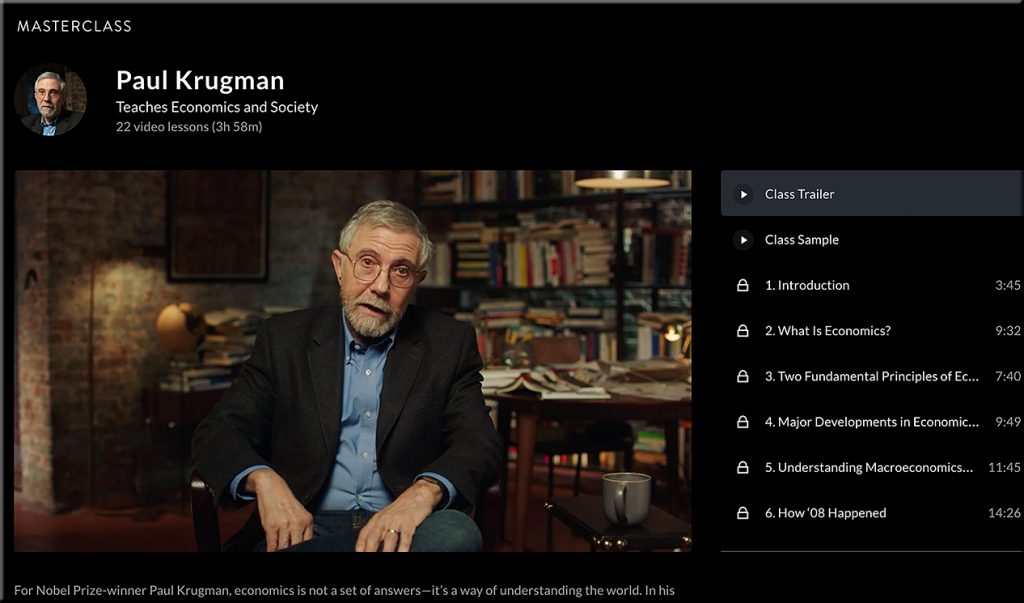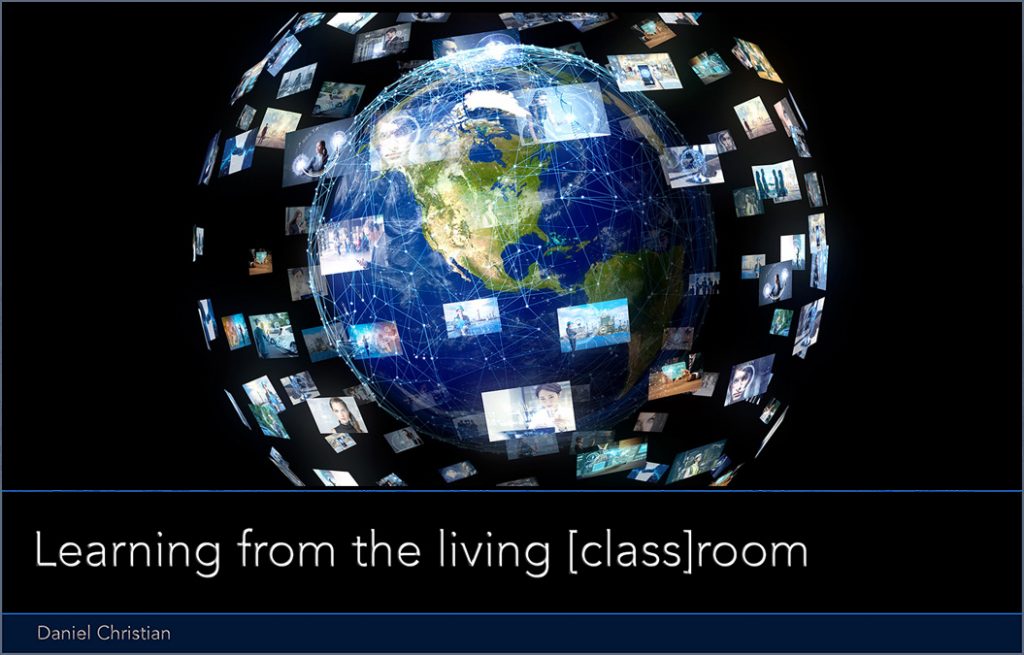Few colleges are setting clear benchmarks for closing campuses — from educationdive.com by Jeremy Bauer-Wolf
Though many schools have publicly shared reopening plans, most don’t define guidelines for what would necessitate a campus shutdown.
Excerpt:
Tracking the factors that will determine if a campus can operate, such as testing for the virus, will prove complex. So colleges may try to avoid boxing themselves in by creating hard benchmarks that dictate when they must shut down. But they’re also answerable to families, who want to know the circumstances under which schools will send students away.
Few colleges have established these triggers. But more concrete campus closure scenarios are likely coming in the next few weeks.
“Colleges and universities follow each other’s lead,” said Sam Owusu, a student and research analyst at Davidson College’s College Crisis Initiative (C2i), which studies institutional responses to the pandemic. “We’ll see more of this.”









